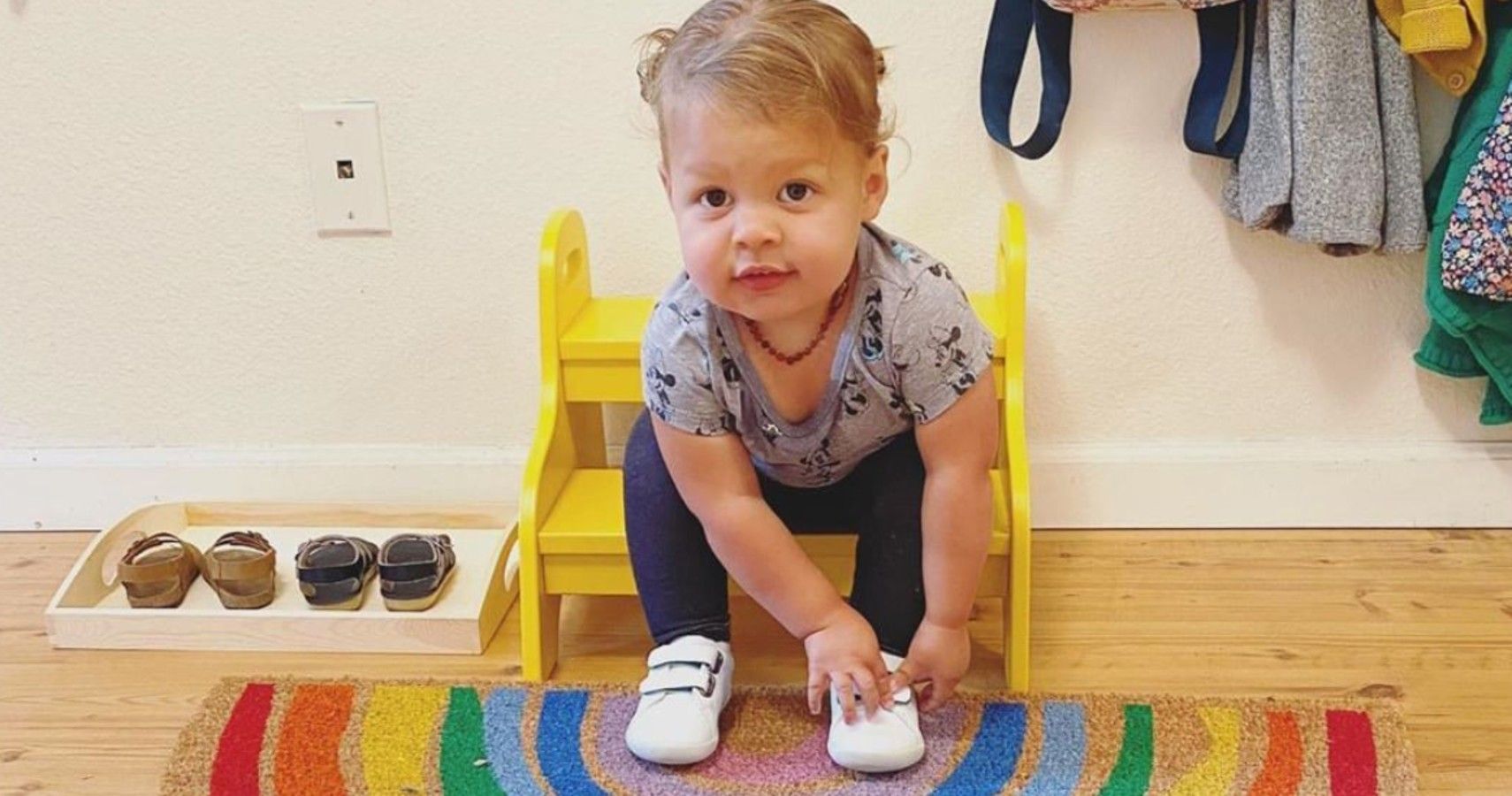Imagine how uncomfortable it would be to wear the wrong shoe size on a daily basis. But many parents may not realize this is the reality for their young child, especially for toddlers who can’t effectively communicate how poorly their shoes may be fitting. Unfortunately, momentary discomfort isn’t the only consequence of wearing the wrong shoe size for children. In fact, it can have ramifications later on in life for your child as their feet continue to grow. The following reasons shed light on why wearing the right shoe size is crucial for growing children.
Improper Shoe Sizes Can Lead To Physical Deformities
It’s important to wear supportive footwear no matter your age – children included. But for children that are stuck wearing the wrong sizes, it can hinder the growth and development of their feet later in life. This can lead to all sorts of physical problems, including minor foot ailments, such as blisters, cuts, and other sore spots. It can also cause ingrown toenails or feet deformities such as bunions, hammertoes, calluses, and corns. This is true not only of children who may be wearing the wrong size, but of adults, as well.
BabyGaga recently spoke to Ten Little Co-Founder and CEO Fatma Collins, who spoke of the physical dangers of allowing your child to wear the wrong shoe size. “By age six, 60% of kids have lost some anatomical and functional health in their feet due to improper shoe,” Collins explained.
“Frequent use of tapered or narrowed toe boxes can cause structural foot deformities later in life. Even the smallest heel incline in children’s shoes can cause the foot to bear more weight on the front of the foot and make the foot slide forward forcing the toes against the front of the shoe.” She added, “This can have negative effects on their structural musculature, gait, and posture of time as well lead to ingrown toenails.”
It Can Reduce Mobility & Cause Falls
As improper footwear hinders the growth and development of a child’s feet, this can lead to mobility issues. As Collins explained, many children lose up to 60% of their feet function due to this very reason. Loss of mobility will make children less stable on their feet, and as such, it increases the likelihood that they may fall and hurt themselves. It can similarly lead to a reduction in resilience and athleticism, which can leave your child frustrated, especially if it impacts their ability to keep up with their peers.
It Can Contribute To Arthritis Later In Life
Arthritis is a condition that occurs due to the swelling and tenderness of the joints, leading to uncomfortable symptoms such as joint pain and stiffness. Even though this ailment largely affects older generations and gets worse with age, childhood habits can influence its development – including improper footwear. Adelaide Foot and Ankle warns that ill-fitting shoes don’t offer the support needed, and thereby increases the likeness of experiencing arthritis in hips, knees, ankles, and of course, the feet later in life.
In Extreme Cases, It Can Cause Neuropathy
According to Foot & Ankle Specialists of Nevada, there’s one major concern parents need to be worried about if their child is wearing the wrong size of footwear – and that’s neuropathy, a condition that occurs when the feet start to feel numb from improper shoes. Affected areas may start to feel numb, a tingling sensation, weak, or even in pain, and it’s an indicator of damage done to the nerve cells of the peripheral nervous system, the network of nerves connecting the brain and spinal cord.
As Cleveland Clinic explains, Neuropathy can be caused by a variety of factors, aside from poor footwear including:
- Diabetes
- Trauma
- Autoimmune disorders and infections
- Pre-existing health conditions (ie. kidney and liver disorders, hypothyroidism, or tumors)
- Medications or other drug usage
- Vascular problems
- Alcoholism
- Abnormal Vitamin Levels
How To Ensure Your Child’s Shoes Fits Properly
Collins explains that parents need to be diligent to check their child’s foot size to avoid the aforementioned issues. For kids under the age of six, parents should be ensuring every 6-8 weeks that the shoes are still a good fit, given how quickly children’s feet can grow out of their current size. Collins provided a series of tips to help parents determine the fit of the footwear.
“Watch for signs of irritation such as redness as it is a common sign that the shoes are too tight or too loose. Be on the lookout for overly worn areas and bulging sides,” Collins said. “Checking the fit of your child’s shoe is often difficult but below are a few general guidelines." She explains:
“1. Check the front of the shoes while your child is standing up straight to ensure there is enough wiggle room for toe freedom. Unfortunately, there is no easy way to do this in most shoes. Pressing your thumb in front of the shoes may cause your child to curl up their toes and it’s often hard to get an accurate estimate this way.
2. Check the sides and top of the shoes, especially where the pinky (little) toe is positioned. If you notice extra bulging or a bump around this area, the shoes are likely too narrow.
3. Check the heel of the shoes. When the foot is pushed to the front of the shoe, you should be able to get the first knuckle of your pinkie down the back of the shoe on the sides of the heel without much wiggle room.”
A part of ensuring your child’s health is determining they have the proper footwear to support their development and growth. Keep these tips in mind when judging the fit of your child’s footwear and remember to do it frequently to ensure they’re not left with ill-fitting shoes and a life-long of consequences.
Sources: Cleveland Clinic, Foot & Ankle Specialists of Nevada, Adelaide Foot & Ankle,

